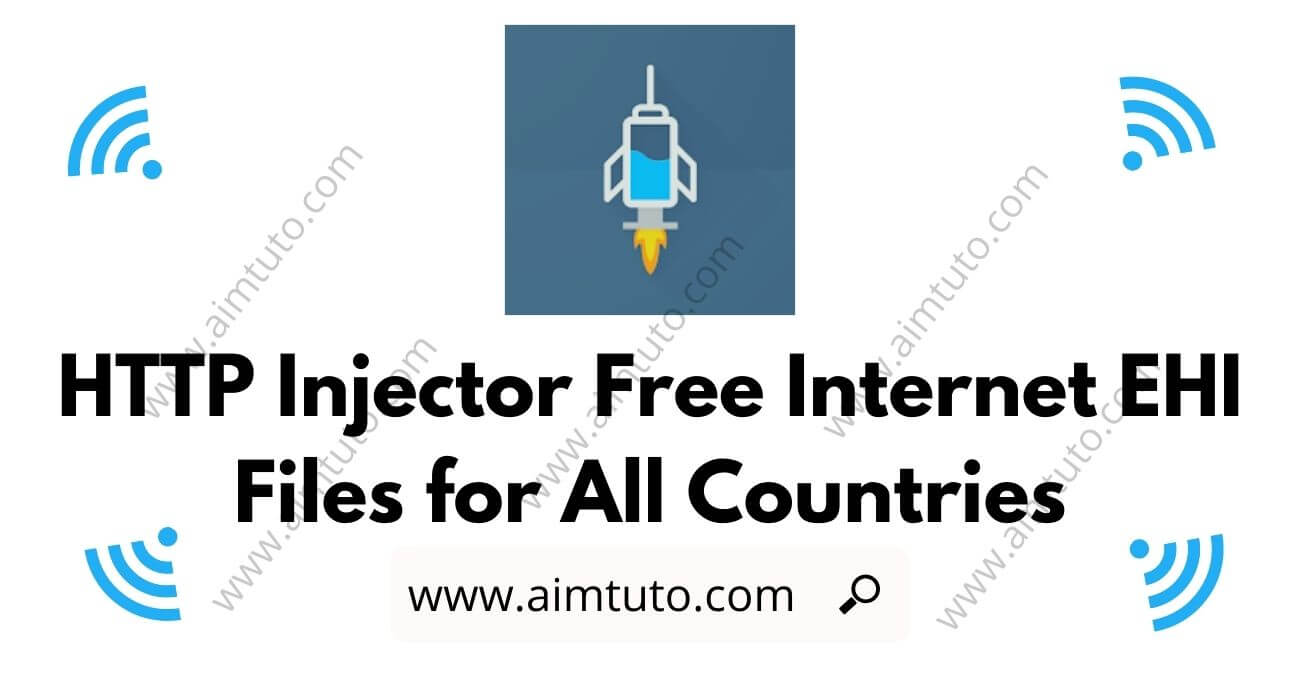

Its principal role is allowing the service provider to scale its PPVPN offerings, for example, by acting as an aggregation point for multiple PEs. While the P device is a key part of implementing PPVPNs, it is not itself VPN-aware and does not maintain VPN state. It might, for example, provide routing for many provider-operated tunnels that belong to different customers’ PPVPNs. Provider device (P)Ī P device operates inside the provider’s core network and does not directly interface to any customer endpoint. PEs are aware of the VPNs that connect through them, and maintain VPN state. Provider edge device (PE)Ī PE is a device, or set of devices, at the edge of the provider network which connects to customer networks through CE devices and presents the provider’s view of the customer site. Other providers allow customers to configure it. Sometimes it’s just a demarcation point between provider and customer responsibility. Customer Edge device (CE)Ī device at the edge of the customer’s network which provides access to the PPVPN. Customer (C) devicesĪ device that is within a customer’s network and not directly connected to the service provider’s network. More information on the devices below can also be found in Lewis, Cisco Press.
EHI FILE EDITOR APK APK
RFC 4026 generalized the following terms to cover L2 and 元 VPNs, but they were introduced in RFC 2547. free ehi files generator apk 2021.How hard to create ehi files for get F.net.Now you can auto create t with this appApk. Multi-protocol label switching (MPLS) functionality blurs the L2-元 identity. ☆lockscreen.Depending on whether a provider-provisioned VPN (PPVPN) operates in layer 2 or layer 3, the building blocks described below may be L2 only, 元 only, or combine them both. ☆: flag to show/hide the ADB debugging notification. ☆ro.telephony.call_lay: the number of milliseconds between ring notifications.

☆ro.sf.lcd_density: controls the device density.


You need to have root access to modify or create a system property. You can get the value of any system property without root access. All system properties are loaded at boot. System properties are small name value pairs managed by Android’s property service. The build.prop file allows single line comments that start with a ‘#’ character. The file is located at /system/build.prop. You can create or modify a system property in the build.prop file which will be loaded when your device first boots. System properties are string key-value pairs. ehi file (http injector 4.3.0 (73) ) I am looking for someone who can unlock an ehi file, or send a working version of ehiopener for the latest version of http injector 4.3.0 (73). The file contains build information and other system properties which are used throughout the operating system.
EHI FILE EDITOR APK ANDROID
The “build.prop” file is a system file that exists on every Android device. ☆ Automatic backups before making any changesīuildProp Editor does not root your device and devices without root access will be unable to modify or edit the build.prop file. ☆ Improve performance and customize your device ☆ The top ranking build.prop editor on Google Play Enjoy a beautiful and friendly user interface that closely follows material design guidelines.
EHI FILE EDITOR APK CODE
BuildProp Editor comes with an intelligent code editor with syntax-highlighting for multiple languages. Easily edit your build.prop or any other properties file on your Android device.


 0 kommentar(er)
0 kommentar(er)
